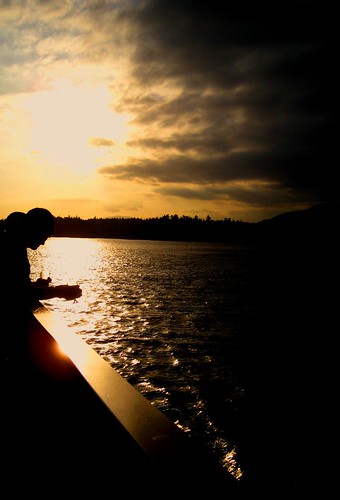In the ninth century CE, Cyril and Methodius, two Byzantine missionaries, developed a Slavic alphabet that could be used to translate the Bible in order to help bring Christianity to the people of the area. Kievan Rus, named after the well known city of Kiev, was a state that began to flourish from trade along the Dnieper River. The state of Rus was compiled of a wide array of people, of which Prince Vladimir of Kiev ruled. As Rus began to experience interaction with other areas of the Byzantine Empire, Vladimir sought to adopt a religion that would unite the people of his region. We have learned from ancient works that Vladimir essentially ‘shopped around’ for religions. He rejected Islam because it prohibited drinking alcohol, an activity very dear to the people of Rus, he rejected Roman Christianity because he did not like the idea that the pope saw himself as supreme to other rulers, and he rejected Judaism because he saw their god as weak. In the end, Prince Vladimir was left with the Orthodox church of Byzantine, although, much political consideration was taken into account as well. After all, Vladimir married the Byzantine Emperor’s sister.

Prince Vladimir of Kiev converted to Christianity in 988 CE. The Orthodox religion brought stability to the diverse and budding society. Rus inherited many aspects of the neighboring Byzantine Empire such as its architectural ways, Cyrillic alphabet, and use of icons. Orthodox Christianity embedded itself deep within the Russian people and their way of life, with the state also adopting the Byzantine ideal of having control over the Church.
When the Byzantine Empire collapsed in 1453, the Russians declared Moscow to be the “third Rome,” the true protector of Orthodox Christianity, much like how Constantinople was declared a “new Rome.” The Russians felt they had inherited the Byzantine Empire in all of its glory and sophisticated ways. In this sense, the Russian conversion to Christianity played a huge role in ensuring that aspects of the Byzantine Empire lived on, similar to how the Byzantines carried on Roman traditions. As the legacy of such huge empires lives on in various ways, I wonder what could be considered to be a “fourth Rome” and how the seemingly historic tradition of continuing the ways of fallen empires has continued since Byzantium.
Sources:
http://www.emayzine.com/lectures/byzmuslm.html
Strayer, Robert W. Ways of the World: A Brief Global History. New York: Bedford/St. Martin's, 2009. Print.




